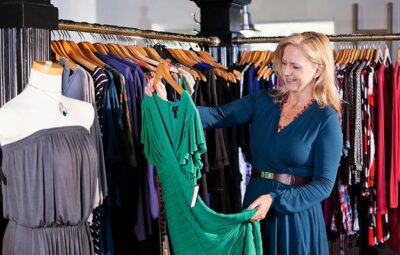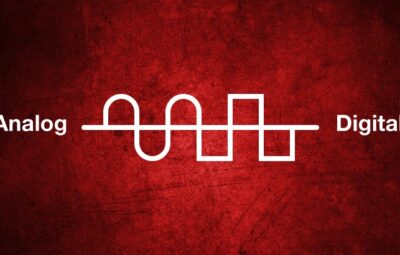Diamonds are hugely popular all over the world with global diamond jewellery sales hitting around $72 billion annually, according to the World Diamond Council. Used throughout history as symbols of affection and commitment, as well as to mark special occasions, many cultures believe diamonds to be the ultimate precious stone.
Due to their beauty, rarity and a desire to own them, diamond prices have been a crucial factor for many years. So, let’s look at diamond cost over time.
A brief history of diamonds
Although the Roman naturalist, Pliny, is thought to have once said: “Diamond is the most valuable, not only of precious stones, but of all things in this world,” our love for diamonds is believed to have begun in India.
By the 15th century, diamonds were used as fashion accessories in Europe and in the late 19th century, explorers founded the first South African diamond deposits. By 1900, De Beers Consolidated Mines Ltd controlled around 90% of the globe’s rough diamond production via its South African mines and by the end of the 1970s, the world’s most important producers were South Africa, the Democratic Republic of Congo and the Soviet Union.
Diamond sources were then found in Australia and Northern Canada in 1985 and 2000 respectively, and today, research has made it far easier to locate new sources to further boost the industry.
Diamond cost through time
Diamonds have always been highly prized, and consequently, highly priced. But how has this changed?
Natural diamonds are one of the only precious stones that have a standard price benchmark, similar to gold and unlike rubies or emeralds.
Cut, colour, clarity, and carat (the four Cs) determine a diamond’s worth with one carat equalling around 200 milligrams. According to Statista, the average price per carat for a diamond was around $2,700 in 1960. In 2015, the price rose to $29,650. Diamond prices over time have consistently increased and the yearly global production of rough diamonds has rested between 128 million carats and 120 million carats from 2009 to 2016.
Unfortunately, diamond reserves are reducing and a broadening of the demand/supply gap is anticipated. In fact, it’s believed that a supply shortfall of around 278 million carats worldwide will be the case by 2050, which will likely push up the cost per carat for natural diamonds. However, synthetic diamonds are being considered as potential substitutes to ease the shortfall in the future.
Diamond costs today
Large diamonds are rarer than small ones. Therefore, it’s usually ‘the larger the stone, the larger the cost’ when it comes to pricing. Although costs fluctuate, here are typical diamond prices today:
- 0.5-carat = around $1,500.
- 1.0-carat = between $4,500 and $6,000.
- 2.0-carat = between $18,000 and $21,000.
- 3.0-carat = between $20,000 and over $200,000.
Cut also determines the cost of a diamond. For example, a 1.0-carat stone can be up to $10,000 for a princess cut, $17,000 for a cushion cut and $25,000 for a round cut.
The future of diamond costs
Economic growth, greater demand for luxury items and a reduction of mining are expected to boost the annual price of diamonds by about 6%. Diamonds have also gained value, with research showing that the cost of diamonds over the past decade has gone up by around 4% every year.
Although we don’t know for certain what the coming years hold for diamond prices, it’s believed that they’ll continue to be a sought-after item for many of us worldwide.







